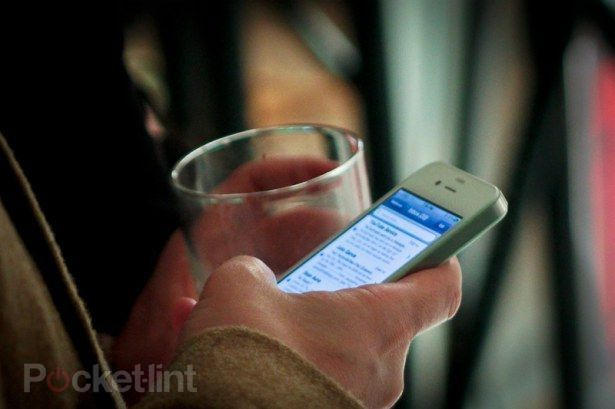Apple’s App Store has a lot of great software — the problem is finding it. With more than 250,000 apps to choose from, it’s hard to find the genuinely good software among thousands of substandard and me-too efforts. The star-rating system doesn’t work, and it’s easy to miss recommendations on sites like this one.
We’re pleased to announce a major new feature of the site: an app discovery and recommendation service powered by Mplayit’s App Tapp platform.
CultofMac’s App Finder helps you to find, share and discuss great apps. But the real power comes from signing in with your Facebook account. This allows you to get app recommendations from friends and colleagues. You can get also follow app experts, get personalized app recommendations, and share the apps you like with friends.
Using our App Finder is pretty self-explanatory, but here’s a brief tutorial showing how it works:
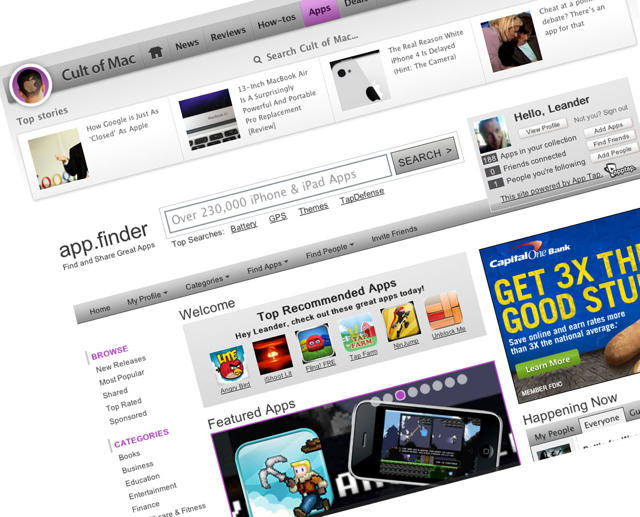

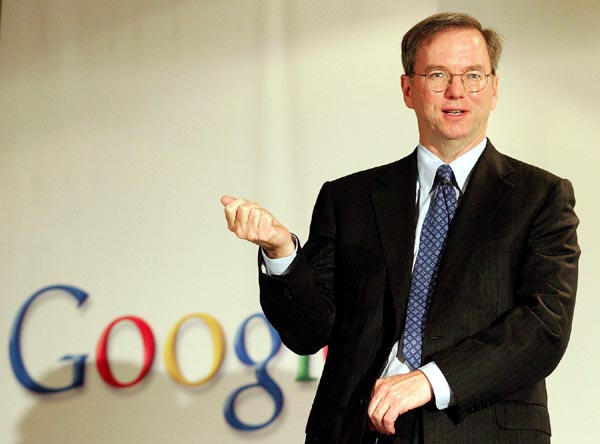
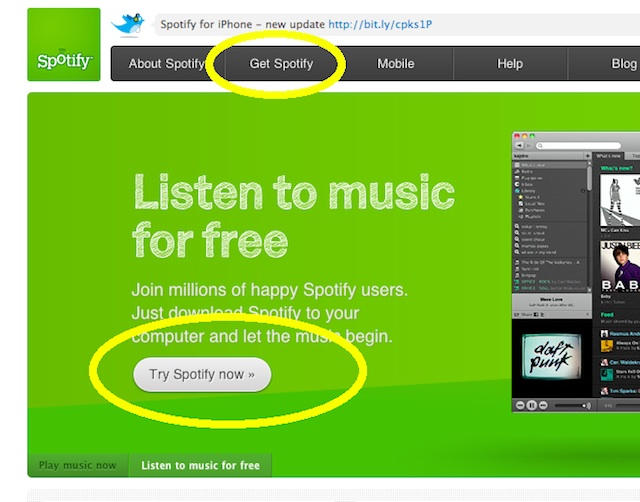



![Back to the Mac Compressed Into Two Minutes [Video] post-66283-image-3e98c3ec82757b9e27045660de9b119f-jpg](https://www.cultofmac.com/wp-content/uploads/2010/10/post-66283-image-3e98c3ec82757b9e27045660de9b119f.jpg)
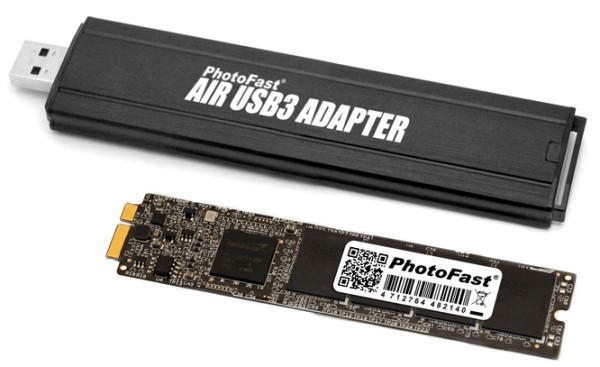

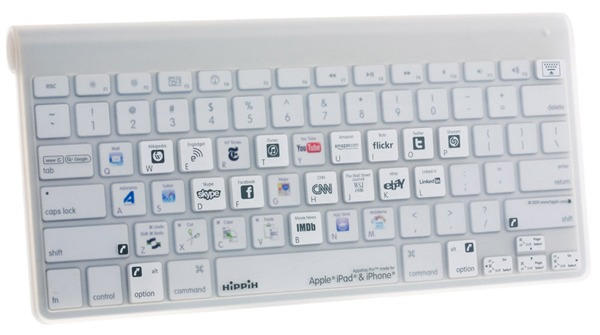
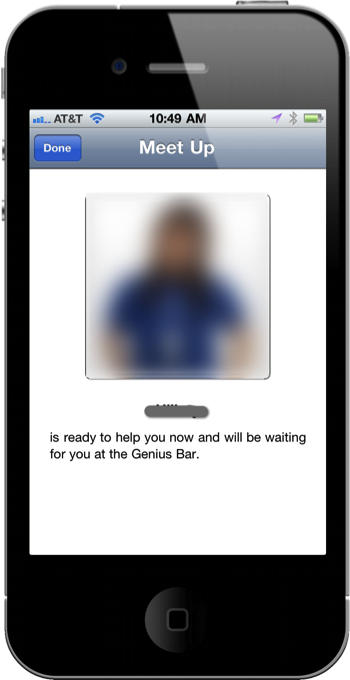

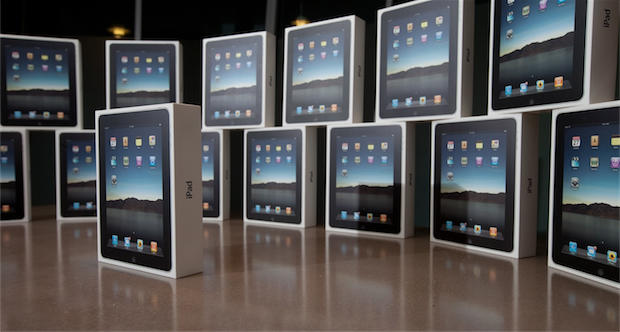

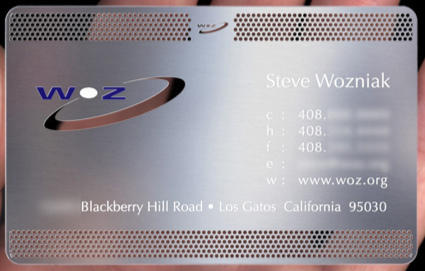
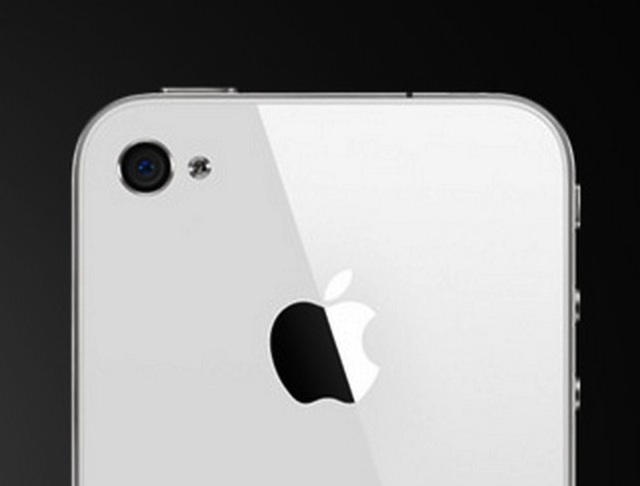
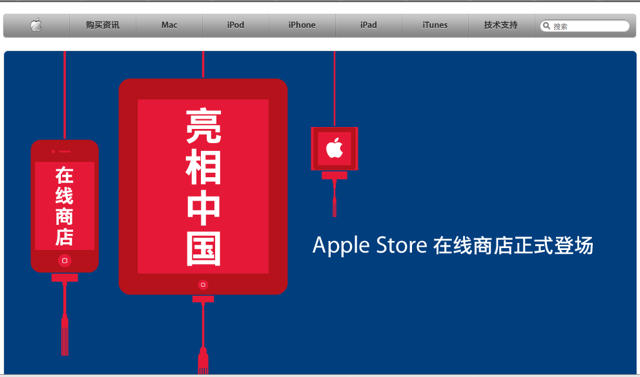
![Send Real-World Postcards Straight From Your iPhone [New App] simply postcards](https://www.cultofmac.com/wp-content/uploads/2010/10/simply-postcards.jpg)

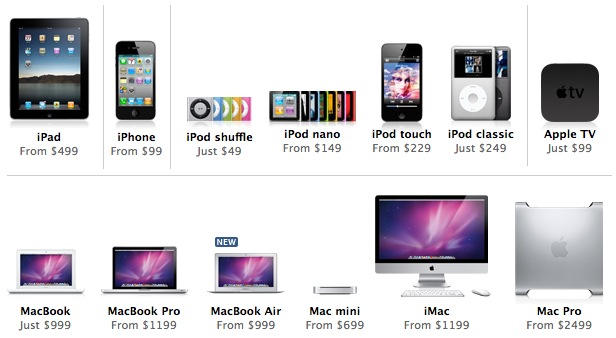

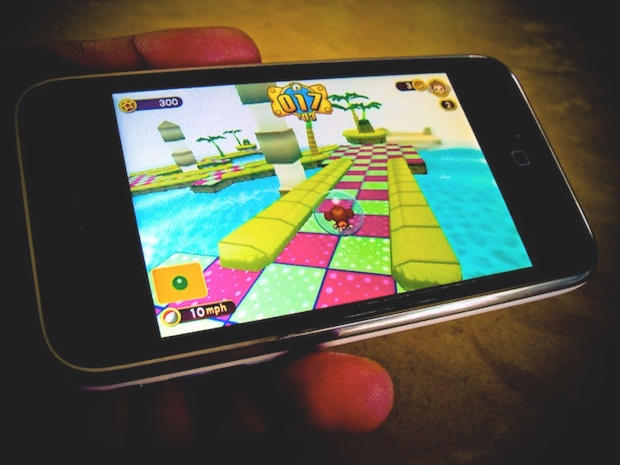
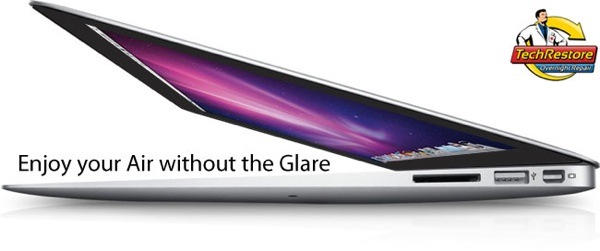
![Two Guys Blowing Up A MacBook Air With Dynamite [Video] post-66061-image-99ab353e922edcaa0b7af080abbdd0a8-jpg](https://www.cultofmac.com/wp-content/uploads/2010/10/post-66061-image-99ab353e922edcaa0b7af080abbdd0a8.jpg)
